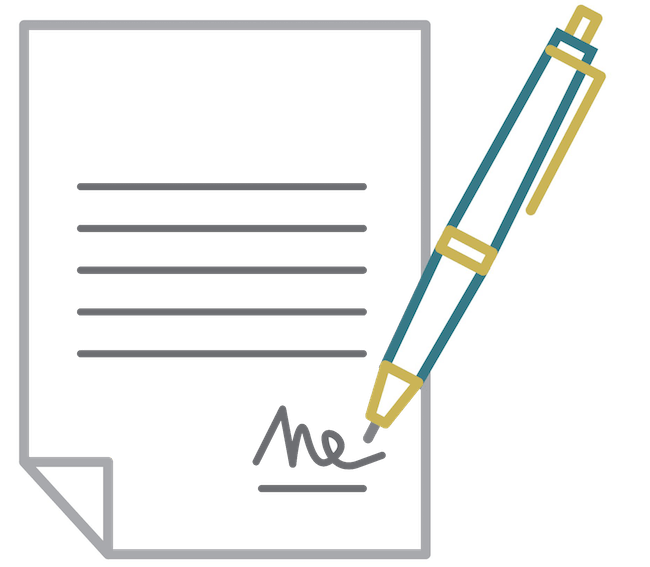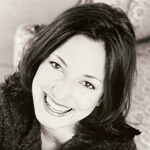 Our thanks to book publicist Claire McKinney of Claire McKinney Public Relations for this contribution!
Our thanks to book publicist Claire McKinney of Claire McKinney Public Relations for this contribution!
When I was young and naïve, I thought the bios you read in theater pro grams and on the backs of books were written by someone who had a lot of nice things to say about the person. I didn’t know that each individual wrote their own author bio.
When writing a 250-word essay about your biography, it’s crucial to be concise and choose the most important details, given the limited word count. Here’s a brief guideline:
Introduction (50 words): Begin with a catchy opening sentence that grabs the reader’s attention and provides a preview of your story. Introduce yourself, including your name, place of birth, and a unique personal fact.
Body (150 words): This is where you highlight the key moments and experiences in your life. You could discuss your education, family background, major life-changing events, or passions. Choose two or three pivotal moments and briefly describe their impact on your life. Try to show a progression or development over time.
Conclusion (50 words): Summarize the key points from the body and reflect on these experiences. You might also want to talk briefly about your future plans or what you’re looking forward to in life.
Remember, each word counts in such a short essay, so be sure every sentence adds something to your overall story. Ensure your essay is free from errors by proofreading it thoroughly.
From that perspective, I started to categorize them by how much ego the subject had in order to write such glowing praise about himself! I was amazed at how much people touted their own accomplishments. I don’t know about you, but I find it difficult to write about myself. I feel much more comfortable singing the praises of other people. However, in order to sell our books, we all need to try to channel that egomaniac and compose a good author bio.
There are two forms to consider when crafting your author bio. One is a brief, three-to-four sentence paragraph that can go on the back jacket of your book. The other is a lengthier explanation that could be found on a separate page in your book under “About the Author,” or as a separate page in your press kit with your author photo.
To help you get started on your author bio, try answering some questions:
- Where did you go to college and what degrees do you have? If you attended an MFA program or writer’s retreat, where was it?
- Where do you live? How many children/pets do you have?
- What do you do during the day? (i.e. what’s your day job? Are you a full-time care giver, doctor, consultant, etc?)
- Do you have any previously published articles or books? What are they?
- Are you a member of any organizations, or do you serve on the boards of any non-profits? What are they?
- What are your special interests?
- Have you been interviewed by, reviewed in, or wrote for any media outlets? What were they?
- What is your website address? What is your Twitter or Instagram handle, Facebook or LinkedIn page, or Snapchat name?
Now take a look at everything you have noted above, and highlight all of the information you would want to read about someone with a book like yours. What gives you credibility? What makes you interesting as a writer? People these days are accustomed to looking in private bedrooms on the internet, and they feel entitled to know about their authors. This holds true even more if you have written a work of non-fiction. Then your education and other items that relate to your credibility become super important. Once you have pulled out all of the material that could go into your bio you are ready to write.
If you haven’t already looked at author bios in the books you have on your shelves, do so. You can model yours after theirs to fit the style and length that you need. The short bio should list your credentials and education, especially for non-fiction; your affiliations; and perhaps the state and/or city in which you live. You are not required to print your address for all the world to see, but telling people the region where you reside is a nice way to give readers some perspective on what your lifestyle might be. You can mention your kids and pets as well, but it isn’t a requirement. Again, these are just additional personal details that bring potential book buyers closer to you as a person/writer. On this page is an example of a short bio from Laurie B. Levine, a family therapist with a young adult novel.
For the longer bio, you should write about three paragraphs that fit on approximately three-quarters of a page. In this version, you will have more freedom to talk a bit more about why you wrote the book and what your interests are. Just take a look at the questions you answered earlier to find the material with which you have to work. Here is an example of a long bio from Merle Bombardieri, a psychotherapist with a self-help guide.
Any bio is an opportunity for an author to come out of the book to say hello to a reader. Make it your own. In the longer author bio, it is easier to be you. If you have a sense of humor, let it come through. If you are more straight-laced and like to stick with the facts, then do that. Most of all do not be afraid to talk about the good things you have done.
After you have written your long and short forms, have a friend, family member, neighbor take a look and provide some feedback. I like to have several sets of eyeballs check out anything I write and I always accept feedback (even if I grit my teeth during the delivery of it). Get it done and check it off your list.
 Claire McKinney PR, LLC specializes in campaigns for books, authors, educational programs, websites, art, film, and other intellectual properties. They work carefully with clients to create messaging; branding concepts; and marketing and media strategies that integrate both traditional and new media opportunities.
Claire McKinney PR, LLC specializes in campaigns for books, authors, educational programs, websites, art, film, and other intellectual properties. They work carefully with clients to create messaging; branding concepts; and marketing and media strategies that integrate both traditional and new media opportunities.
